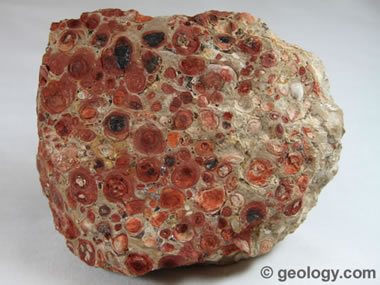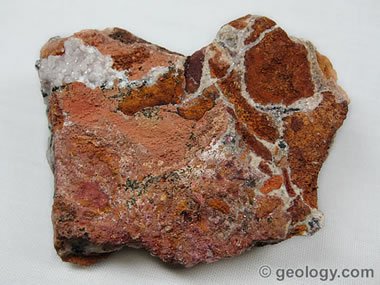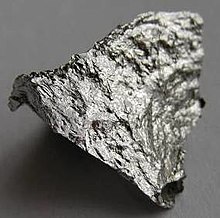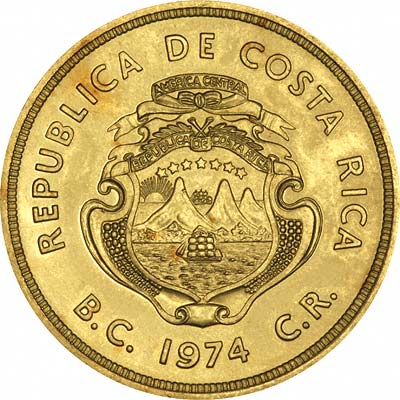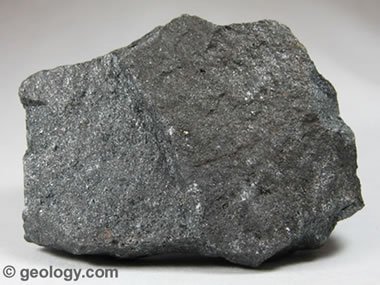Earthquakes occur almost every day due to the fact that Costa Rica lies between two tectonic plates: the Carribean plate and the Coicos plate. These two plates push and shove each other causing small tremors throughout which can cause landslides and volcanic eruptions. Most of these tremors are rarely felt on a daily basis, but once in a couple years Costa Rica experiences quakes with devastating results.
The most recent quake (in September 5, 2012) is the second strongest recorded with a magnitude of 7.6 on the Richter scale. This quake was so strong that Nicaragua, El Salvador and Panama felt the movement and aftershocks were still being felt 5 days after with an aftershock measuring at 5.7! Although this quake was huge, other than building being shaken down, only two deaths were recorded.
The strongest earthquake recorded occurred in 1991 with a measure of 7.6 on the Richter scale. This earthquake left 4 dead and buildings as well as bridges and road were completely destroyed.
Now, earthquakes cannot be predicted so the best we can do to prepare for one is to have buildings that follow guidelines on safety and can withstand some shaking and knowing what to do if an earthquake strikes. I think most of us already know that finding cover during a shake is a must as is having an emergency kit ready. Emergency kits should contain food and water for a few days as sometimes water can become contaminated.
If another Earthquake occurs, the coastal cities would be the most affected ones as they are closer to the plates. These coastal cities should be the first to obtain emergency help. To be safe, in my opinion, no houses should be build near the coast as sometimes high intensity earthquakes may cause tsunamis and flooding. Houses should be build more inland where the ground in more stable and able to withstand the shaking.
Since these tectonics plates are in the ocean, coasts have greater danger of being affected.
http://www.centralamerica.com/cr/moon/moland.htm
http://en.wikipedia.org/wiki/2012_Costa_Rica_earthquake
http://earthquake.usgs.gov/earthquakes/world/events/1991_04_22.php
http://en.wikipedia.org/wiki/1991_Limon_earthquake
https://www.fema.gov/earthquake-safety-home











.JPG)



